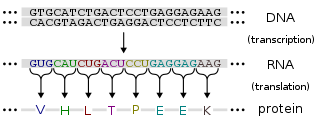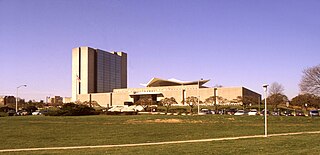
MicroRNA 4640 is a protein in humans that is encoded by the MIR4640 gene.
MicroRNA 627 is a protein that in humans is encoded by the MIR627 gene.
MicroRNA 561 is a protein that in humans is encoded by the MIR561 gene.

MicroRNA 222 is a MicroRNA that in humans is encoded by the MIR222 gene, and is a know extracellular RNA (exRNA).

MicroRNA 133a-1 is a MicroRNA that in humans is encoded by the MIR133A1 gene, and is a known extracellular RNA (exRNA).

MicroRNA 660 is a protein that in humans is encoded by the MIR660 gene.

MicroRNA 361 is a micro RNA that in humans is encoded by the MIR361 gene.

MicroRNA 5008 is a protein that in humans is encoded by the MIR5008 gene.

MicroRNA 4521 is a protein that in humans is encoded by the MIR4521 gene.

MicroRNA let-7a-2 is a protein that in humans is encoded by the MIRLET7A2 gene.

MicroRNA 5680 is a protein that in humans is encoded by the MIR5680 gene.

MicroRNA 3173 is a protein that in humans is encoded by the MIR3173 gene.

MicroRNA 486-1 is a protein that in humans is encoded by the MIR486-1 gene.

MicroRNA 7-2 is a protein that in humans is encoded by the MIR7-2 gene.
MicroRNA 6087 is a protein that in humans is encoded by the MIR6087 gene.

MicroRNA 6079 is a protein that in humans is encoded by the MIR6079 gene.

MicroRNA 548v is a protein that in humans is encoded by the MIR548V gene.

MicroRNA 4727 is a protein that in humans is encoded by the MIR4727 gene.

MicroRNA 1250 is a protein that in humans is encoded by the MIR1250 gene.

MicroRNA 1282 is a protein that in humans is encoded by the MIR1282 gene.















